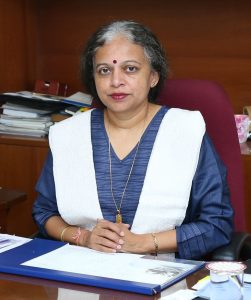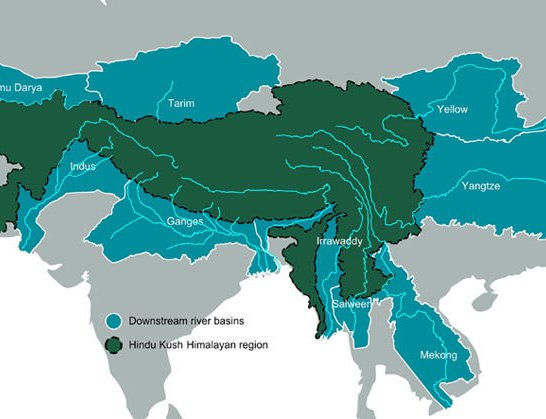
VC, TERI SAS, Dr Leena Srivastava
Dr Leena Srivastava: The Union budget has again turned out to be a mere accounting exercise, in its presentation at least. And of course, an election-oriented one!
It provides no idea as to the performance of various schemes and measures supported in neither the last budget nor a clear rationale for current allocations and measures. Finance minister Arun Jaitley may wish to consider a totally different budget speech next year which limits itself to a few highlights that delineate, and aggregate, the key measures that are addressing the major challenges and aspirations of the New Age India. The details can always be obtained from the detailed budget documents.
The budget documents also need to convey a more systemic approach to development and growth than that is being done currently. For example, the minister spoke about some measures to reduce air pollution – both indoor and ambient, but failed to link this to the burden of disease contributed here from or to the health coverage scheme.
The two stand totally independent when over 30% of the burden of disease in India is on account of broader environmental issues. The budget also seeks to provide water to all in about 500 cities but gives scant attention to the efficient management of scarce water resources in India’s speedingly drying cities. Several such examples can be found throughout the budget.
Prima facie, a number of the measures listed in the finance minister’s speech cannot be argued against. Even if driven by electoral considerations, the clear focus given to the under-privileged sections of society are very welcome. The question that we should be worried about is – are we creating robust and capable societies or are we grooming our societies to continue to be dependent on sops and government support?
Agriculture
The budget has identified several positive measures for the agricultural supply chain which should be beneficial for agri-businesses. However, the key focus for farmers is on producing more from the same parcel of land at a lower cost and with higher incomes.
READ MORE: Vertical farming to cut down operating costs
For this latter category, the MSP will have to support the higher income whereas the lower costs of production and higher productivity may have to come from input subsidies of various kinds. This could lead to more stress on soils, water, energy and other resources.
Education
The sustainable development goal on education talks about ensuring inclusive and quality education for all and promoting lifelong learning. The budget does recognize the need to improve the quality of teachers at the school level but does not address itself to the needs of its higher educational institutions at a broader level or to the need for lifelong learning in these turbulent times.
Also, while the budget is an important mechanism to signal the need for reforms it does not send any message to the academic community on the issue of climate change – something that the Prime Minister listed just last week as one of the three major challenges he sees for the world.
On the positive side though, it is attempting to de-bottleneck some higher education areas through the increases envisaged in schools of planning and architecture and in the medical field.” On education – India can only talk about its demographic dividend if we pay equal attention to the quality of capabilities we are creating in our young and not merely focus on the numbers.
READ MORE: Environment & Culture: Aspects of the Same Coin
And, this applies to the Schools for which the minister recognized the need for teacher training but also to the higher education Institutions that are struggling with huge faculty shortages. Research budgets for academic Institutions – public or private – must be increased to manifolds with a clear outcome-orientation.
Job Creation
The finance minister did speak of a number of schemes that, if implemented well, would lead to the generation of employment. However, the larger part of the budget seemed to be devoted to supporting those already employed, which too is important. The budget had very little to give assurance to the urban youth who are struggling to find suitable employment after completing their higher education.
Rural distress due to agricultural crisis
Several measures in the budget have tried to address themselves to the rural distress situation. The focus on improving productivity, increasing agricultural incomes, strengthening the agri-logistics infrastructure are positive generally but raise questions from a resource efficiency point of view.
Similarly, the targeted coverage of households under the UJJWALA Scheme, the provision of free electricity to 4 crore households, the health insurance cover, extension of irrigation are all measures in the right direction.
The challenge is in not inter-linking various initiatives, for example, improvement of indoor air environment with health coverage; the provision of free electricity with the lost entrepreneurship opportunity etc.
Sustainable development and Climate change
There is very little in the budget on climate change. However, since sustainable development has a much wider connotation, elements of the budget do speak to various sustainable development goals, albeit following a traditional siloed approach.
ABOUT THE AUTHOR: Dr Leena Srivastava has over thirty years of experience in the fields of energy and environment, including climate change, policy and economics. She has a Masters in Economics from the University of Hyderabad and a PhD in Energy Economics from the Indian Institute of Science in Bangalore.
Total Views: 2,97,840



